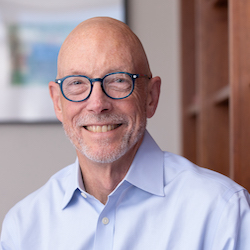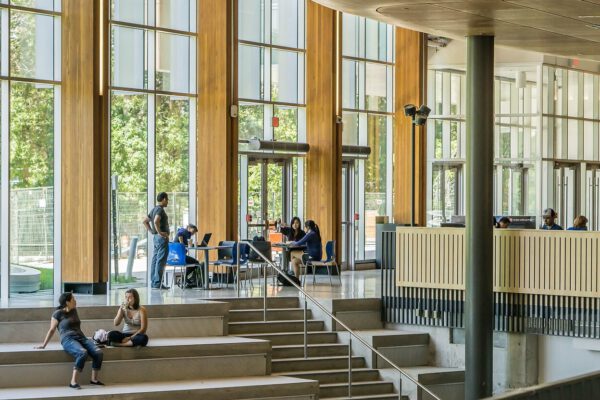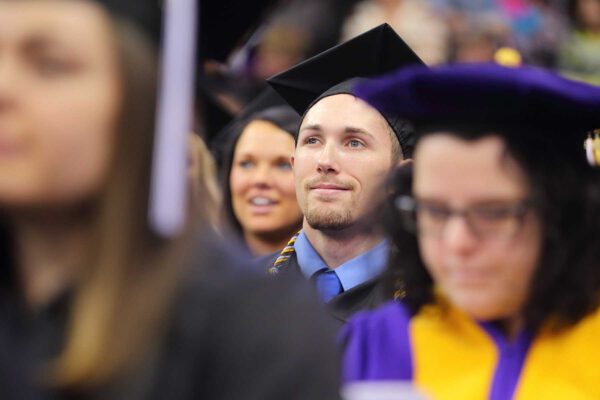Higher education is at a crossroads.
Most Americans recognize that our nation’s colleges and universities contribute enormously to the nation’s economy and the welfare of its people. For over a century, the sector has been an essential driver of innovation, discovery, job creation and economic mobility.
There is unambiguous evidence linking postsecondary education to increased lifetime earnings, better health outcomes and greater participation in civic life. Higher education is not only a valuable commodity, it is an American treasure.
And yet, none of these arguments seem to gain purchase in the American imagination.
There are myriad reasons for this, many of which came along well before the administration put research universities in the crosshairs. The cost of college has been out of reach for many families for decades. Student debt has soared to excessive levels. Legacy acceptances advantage wealth and bloodlines, making a mockery of “merit-based” admissions. Most problematic, only 60 percent of students who start a degree actually complete one.
As a result, public confidence in the sector has dropped precipitously over the last decade.
So, what might be done?
If colleges and universities are to remain relevant in the 21st century, we need a renewed social contract between institutions of higher education and the American people, focused on student success. Put another way, student outcomes should be at the center of the way we understand an institution’s place in the landscape.
To these ends, the Carnegie Foundation and the American Council on Education last week announced the new Student Access and Earnings Classification, a unique approach to describing the contributions of postsecondary institutions nationwide.
Specifically, we will compare similar institutions across the nation, identifying whether they provide access to students in communities they serve, and whether those students go on to successful, wealth-generating careers in the regions in which they live and work. Importantly, the Student Access and Earnings Classification tracks both students who complete their degrees and those who do not, so institutions are accountable for all students, not just those who graduate.
We have identified 479 Opportunity Colleges and Universities nationwide, places that are engines of the American Dream. They come in all sizes and types, and they can be found in all four corners of the nation. They include institutions long recognized for their contributions to economic mobility—places like Arizona State University, Spelman College, Texas A&M and Xavier University. They also include institutions that receive little fanfare—places like Ball State in Indiana, Texas Southmost College, Utah Valley University, Wheeling University in West Virginia and Blackfeet Community College in Montana.
Looking forward, the Carnegie Classifications for Institutions of Higher Education—the nation’s gold standard for organizing the postsecondary sector—will determine institutional excellence not simply based on prestige, student selectivity or degrees awarded, but based on how well schools set their students up for success in the real world.
Whether you are a parent, student, policymaker or institution leader, Opportunity Colleges and Universities warrant recognition, understanding and investment. For if we establish more places like them in the years ahead, and ensure that the postsecondary sector is accountable for student success, we will create more opportunities for everyone. And that, we think, is something most Americans will rally behind.
If you have any questions or comments about this blog post, please contact us.




